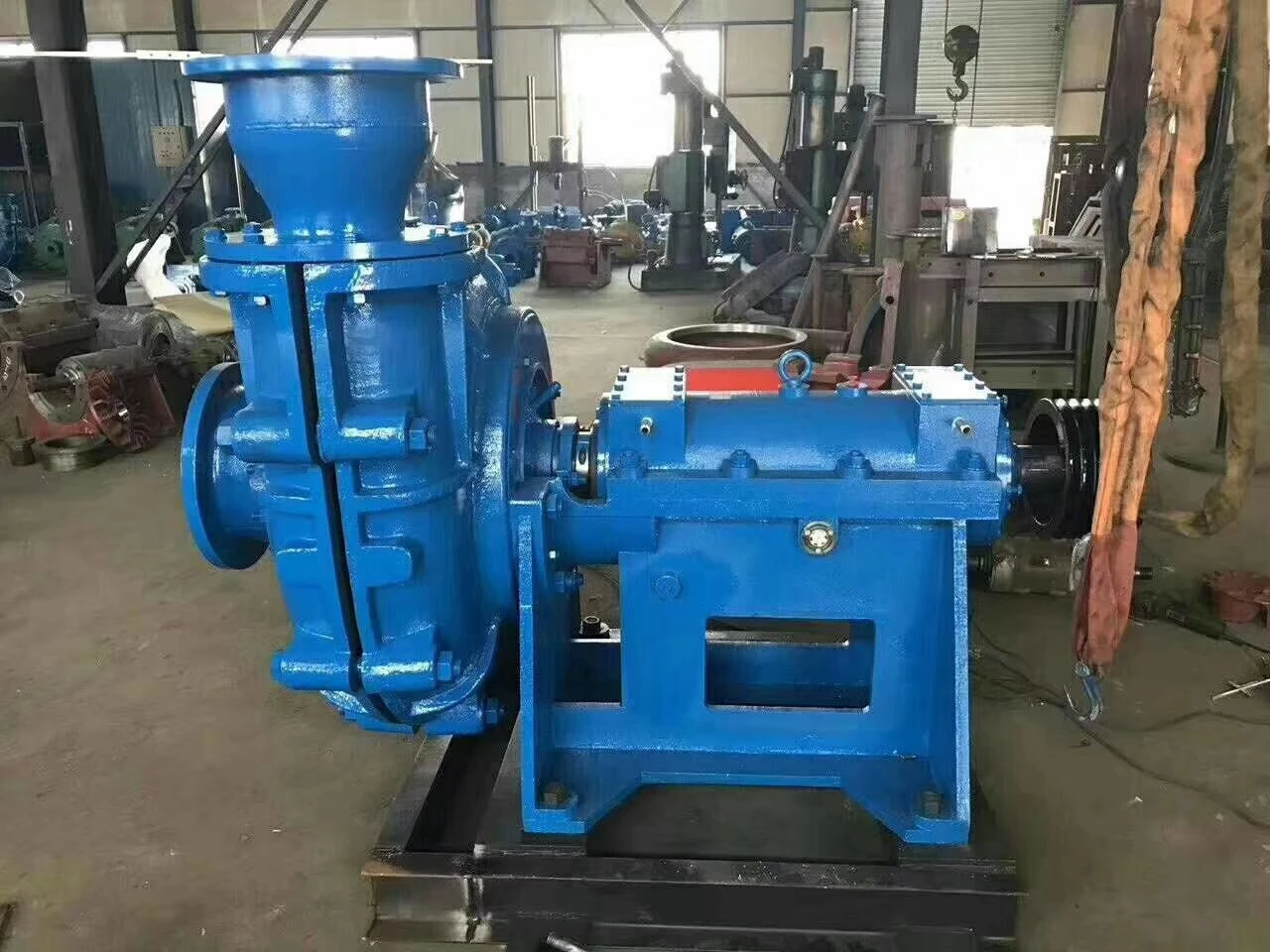Finnish
- Afrikaans
- Albanian
- Amharic
- Arabic
- Armenian
- Azerbaijani
- Basque
- Belarusian
- Bengali
- Bosnian
- Bulgarian
- Catalan
- Cebuano
- Corsican
- Croatian
- Czech
- Danish
- Dutch
- English
- Esperanto
- Estonian
- Finnish
- French
- Frisian
- Galician
- Georgian
- German
- Greek
- Gujarati
- Haitian Creole
- hausa
- hawaiian
- Hebrew
- Hindi
- Miao
- Hungarian
- Icelandic
- igbo
- Indonesian
- irish
- Italian
- Japanese
- Javanese
- Kannada
- kazakh
- Khmer
- Rwandese
- Korean
- Kurdish
- Kyrgyz
- Lao
- Latin
- Latvian
- Lithuanian
- Luxembourgish
- Macedonian
- Malgashi
- Malay
- Malayalam
- Maltese
- Maori
- Marathi
- Mongolian
- Myanmar
- Nepali
- Norwegian
- Norwegian
- Occitan
- Pashto
- Persian
- Polish
- Portuguese
- Punjabi
- Romanian
- Russian
- Samoan
- Scottish Gaelic
- Serbian
- Sesotho
- Shona
- Sindhi
- Sinhala
- Slovak
- Slovenian
- Somali
- Spanish
- Sundanese
- Swahili
- Swedish
- Tagalog
- Tajik
- Tamil
- Tatar
- Telugu
- Thai
- Turkish
- Turkmen
- Ukrainian
- Urdu
- Uighur
- Uzbek
- Vietnamese
- Welsh
- Bantu
- Yiddish
- Yoruba
- Zulu
Telephone: +86 13120555503
Email: frank@cypump.com
marras . 10, 2024 20:47 Back to list
Understanding the Functionality and Applications of Mixed Flow Pumps in Various Industries
Understanding Mixed Flow Pumps Principles and Applications
Mixed flow pumps play a crucial role in various industries, particularly in water treatment, irrigation, and manufacturing processes. With their unique design, these pumps effectively combine the principles of both centrifugal and axial pumps, making them suitable for a wide range of applications.
Principles of Operation
Mixed flow pumps operate based on the principles of fluid dynamics, allowing them to transport fluids efficiently. The design features an impeller that is positioned between a volute or diffuser casing, allowing for both radial and axial flow of the liquid. As the impeller rotates, it imparts kinetic energy to the fluid, resulting in a mixture of both axial flow — where the fluid moves parallel to the pump shaft — and radial flow, where the fluid is directed outward from the center.
When the impeller blades spin, they not only push the liquid outwards (radial flow) but also draw it into the pump (axial flow), creating a balanced flow environment. This dual action allows mixed flow pumps to maintain higher efficiencies at moderate flow rates, making them ideal for installations requiring consistent pressure and flow.
Advantages of Mixed Flow Pumps
1. Versatile Flow Range One of the key advantages of mixed flow pumps is their ability to handle a wide range of flow rates and pressures. They can efficiently transport both low and high volumes of liquid, providing flexibility for diverse applications.
2. High Efficiency Mixed flow pumps often outperform other types of pumps in terms of efficiency, especially in medium head applications. Their design minimizes energy losses, leading to lower operational costs.
mixed flow pumps

3. Compact Design The construction of mixed flow pumps tends to be more compact than larger centrifugal pumps, making them easier to install in limited spaces without sacrificing performance.
4. Lower NPSH Requirements Mixed flow pumps typically have lower Net Positive Suction Head (NPSH) requirements compared to radial flow pumps, reducing the likelihood of cavitation and improving reliability.
Applications of Mixed Flow Pumps
Mixed flow pumps are widely used in various sectors. In the agricultural industry, they are frequently employed for irrigation purposes, where consistent and efficient water delivery is essential. In municipal water systems, mixed flow pumps are used to manage and distribute water supplies effectively.
Moreover, these pumps find applications in industrial settings, such as chemical processing and wastewater treatment, where the ability to handle viscous fluids and varying flow rates is crucial. Additionally, they are often utilized in fire protection systems due to their ability to deliver high flow rates at low to medium heads.
Conclusion
In summary, mixed flow pumps are an integral component of fluid transport systems across multiple industries. Their unique ability to blend axial and radial flow allows for enhanced performance, making them invaluable in scenarios that require efficient and reliable operation. As technology continues to evolve, the design and applications of mixed flow pumps are likely to expand, further solidifying their place as a preferred choice in fluid handling solutions. Their versatility, efficiency, and compact nature ensure that they will remain significant in future innovations within the pump industry.
-
Heavy-Duty Mining Sludge Pumps - Wear-Resistant Slurry Handling
NewsAug.02,2025
-
Horizontal Split Case Pump with GPT-4 Turbo | High Efficiency
NewsAug.01,2025
-
ISG Series Pipeline Pump - Chi Yuan Pumps | High Efficiency, Durable Design
NewsAug.01,2025
-
Advanced Flue Gas Desulfurization Pump with GPT-4 Turbo | Durable & Efficient
NewsJul.31,2025
-
ISG Series Vertical Pipeline Pump - Chi Yuan Pumps | Advanced Hydraulic Design&Durable Construction
NewsJul.31,2025
-
ISG Series Vertical Pipeline Pump - Chi Yuan Pumps | Energy Efficient & Low Noise
NewsJul.31,2025










